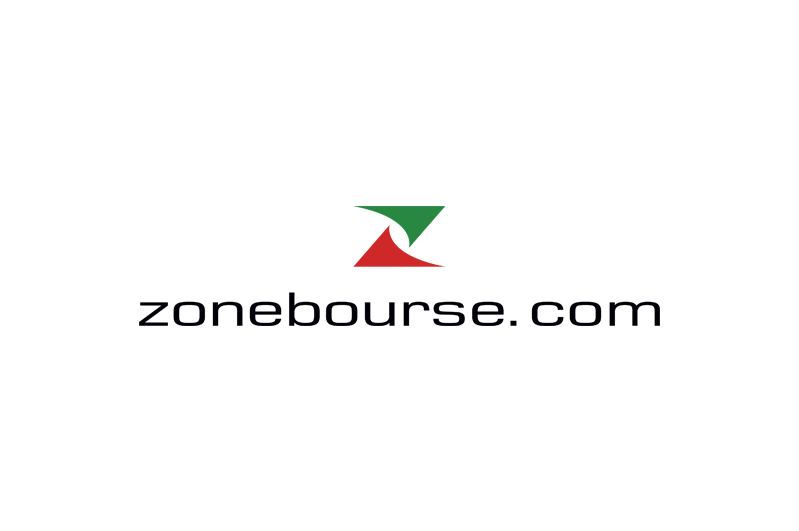Leverage the true potential of blockchain technologies

Robert Brunner is the Assistant Dean of Innovation and Head of Interference at Gies College of Business at the University of Illinois Urbana-Champaign, where he helped lead the creation of iBlock, the first blockchain set up by a business school.
The biggest selling point with blockchains is that they are public and transparent. You can see what is written on them. If you are an investor, how do you know if you are going to invest in a company or not? Right now you are limited to the offers that are available to the public, such as quarterly reports or statements to the Securities and Exchange Commission. You trust that these reports are fair and accurate and that they were not leaked to a certain group of investors early on leading the market to reap huge profits. So basically, there is a lot of trust you have to put into the current system. You must trust that everyone follows the same rules, that the data is fair and accurate, and that the person who revised these statements and the company’s finances were fair and honest brokers.
You also have to trust that the SEC will go after bad actors who behave badly – but in the meantime, you may have made a bad investment and lost money, and there is nothing you can do about it.
Now imagine that the entire company’s financial records were on a blockchain that was transparent. You can go in, revise the books and immediately know the value of that company. That kind of openness highlights the promise of blockchain technology. The same argument can be made for government data, health services, data on higher education and many other industries. There is a huge opportunity for innovation here, and we certainly do not want to handcuff startups, researchers or entrepreneurs to be able to do things because cryptocurrency, which uses blockchain technology, is declining in the markets right now.
There is a familiar saying: “Trust, but confirm.” What blockchains allow us to do is trust and verify. Now there will be areas where data must be protected, such as trade secrets or medical data, that cannot flow freely visible on a blockchain for the world to see.
But there are blockchain technologies, such as evidence of zero knowledge and layer chains, that hide some or all of the data, but allow applications to verify information without compromising security. A simple example would be that you probably do not want everyone to know how much money you have in your bank account, but you want a financial entity or an individual to know that you have enough money to repay a loan. With blockchain technology, you can prove your creditworthiness in seconds instead of a few days or weeks in a fair and transparent way. Proof of zero knowledge, for example, will allow someone to verify that you have sufficient reserves in your bank account without them knowing your exact balance or transaction history. Another blockchain may work to verify your payroll history.
As a result, if your lender were to use a blockchain, you would not need to share your social security number, credit reports and other financial data with a third party when applying for a mortgage.
Another good example could be transcripts from high school or colleges. Blockchain technology will allow you to provide limited access to this data to specific individuals or organizations. You may not want everyone in the world to know your grades from your senior year, but it would be great to have a quick and easy way for others to confirm your degree or to know the specific lessons you took at a given college.
Most people associate NFTs with stupid digital images of boring monkeys on yachts. Do they have a use beyond pixelated art?
If you are a musician or an artist, there is a potential game-changer in building a community with your fans. If you sell your art through an NFT, you will have a direct electronic connection with the people who own your art, which means you can communicate with them. You can continue to increase audience engagement through that connection. For example, if you have 1,000 motivated fans who pay you $ 1,000 a year to buy music or digital art, you have just earned a million dollars. And you can continue to expand your audience – or entice your current audience to buy more deals.
If you buy a non-digital painting from someone and now want to sell it, the original artist does not know that the original owner resold it and has no option to get back any fraction of the sale. With NFTs, artists can have contracts linked to the digital asset, so they can decide that if you resell it, it will have a royalty of 5% that goes back to the original artist. So say it appreciates value. The original artist may have sold it for $ 1,000, and now you’re selling it for $ 1,000,000. The artist wanted to make more money on the resale than they did on the original. It should encourage artists to produce more art and not worry about the first sale, because they now have this secondary opportunity to earn extra income through royalties.
You can use the same mindset in most industries. Take for example professional sports. What if my ticket to an event was an NFT? Now the team knows who participated in the event, and that enables them to make all kinds of new engagements. Do you want to buy game recordings, photos or something else digital reminiscent of a special event? Here’s your chance.
So there are basic opportunities here, and not just in the highly publicized, highly speculative areas that seem to be getting the most attention.

























